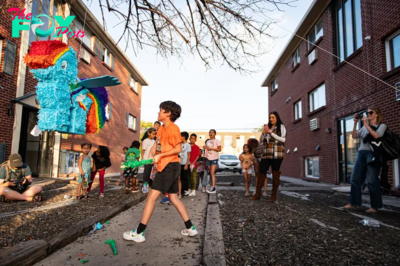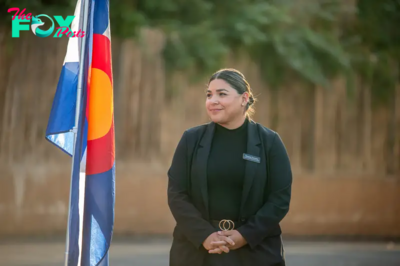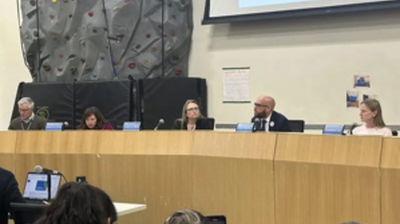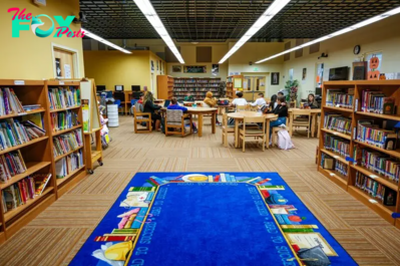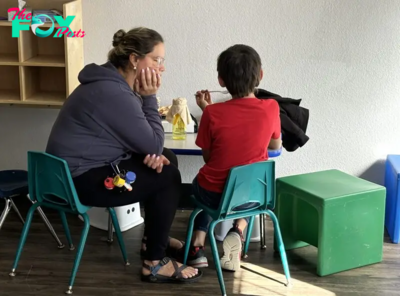Education
Denver has helped 40,000 migrants while Colorado Springs counts 24 families. Does being a sanctuary city matter that much?
El Paso County commissioners, voices amplified by a microphone, left no room for misinterpretation: Migrants are not welcome in Colorado Springs.
“Keep going. Find a sanctuary city,” Commissioner Carrie Geitner said two weeks ago during a hastily called news conference after a few South American migrants arrived at a church-run shelter. “They asked for those folks to come to their cities. Find one of those. That’s where they should go.”
About a week later and an hour up the highway, Denver Mayor Mike Johnston was quoting from the Statue of Liberty: “Please, send us your huddled masses yearning to breathe free,” he said, even as he announced budget cuts brought on by housing and feeding migrants. “These are folks yearning to breathe free, and they believe in the promise this country made that they could breathe free.
“We as a city are bigger than this moment,” he said. “And we will find a way through.”
Colorado’s two largest cities have long been political opposites, but their contrary stances on immigration have never been more evident.
More than 38,500 migrants, most of them fleeing political turmoil and poverty in Venezuela, have come through Denver in the past year. The city has spent $42 million so far, much of it on renting rooms in seven hotels so that the newcomers — some who legally sought asylum and some who crossed the border illegally — have a warm place to sleep.
The Salvation Army in Colorado Springs, meanwhile, has helped just 24 families — the news of which this month prompted elected officials to tell nonprofits not to help migrants and reiterate that Colorado Springs is not a “sanctuary city.”
The city has offered no emergency shelter or meals.
In Denver, hundreds of migrants whose time was up in city-funded hotel rooms set up encampments under bridges and in the Highland neighborhood across Interstate 25 from downtown. A road near Zuni Street and Speer Boulevard was clogged with barbecue grills, furniture and tents for weeks until city crews cleaned it up in January and paid first months’ rent in apartments for about 100 people.

In Colorado Springs, a police sergeant in charge of homeless outreach told The Colorado Sun that in the past year he has seen “half a dozen” migrants in his city. The fire department’s supervisor of homeless outreach programs said she had “heard of one family from Venezuela.”
It’s not just Colorado Springs. Denver is the only city in Colorado that has stood up emergency services to help people crossing the border start new lives. Lakewood residents packed a city council meeting this week to protest false claims that the Denver suburb would house migrants in vacant school buildings. Southern Colorado sheriffs have come out in force to back a piece of proposed state legislation that would reverse laws that prevent them from handing over immigrants here illegally to federal immigration enforcement.
So does declaring that a city is not a sanctuary city keep migrants away? The answer is complex, but clearly it has some effect even if it has no legal significance.
El Paso County officials want to prevent “spillover” from Denver
El Paso County leaders say they are worried about the “spillover” of immigrants from Colorado’s capital city, which is why when the Colorado Springs Salvation Army notified the mayor that a busload of migrants showed up at the nonprofit’s family shelter, city and county leaders loudly reinforced their stance.
This week, the Colorado Springs City Council passed a resolution 6-3 to affirm that it is not a sanctuary city, stating it was “protecting the security and quality of life of the citizens of Colorado Springs.” The definition of a sanctuary city is nuanced, but in general it means that local law enforcement will not cooperate with federal immigration officials and will not deny services based on immigration status.
Colorado Springs is short on resources for its citizens, city leaders argued, and the federal government has failed to secure the border, “resulting in millions of immigrants entering our country and putting catastrophic stress on services such as hospitals, schools and housing in sanctuary cities.”
The “spillover” will happen anyway, experts say, and while there are no migrant encampments or shelter hotels in Colorado Springs, there is evidence that newcomers who traveled from South America are quietly settling in the city.
The proof is in school district enrollment, The Sun found. The largest district in the county, District 11, said it has about 50 migrant children, up from eight at the start of the school year. That’s nothing compared with Denver, though, where Denver Public Schools estimates it has enrolled 3,000 new students as the city has been overwhelmed with families who journeyed from South America.

Geitner, the El Paso County commissioner, said there are about 400 new immigrant children in districts across the county.
She checked on school enrollment numbers after seeing recent signs that migrants are moving to Colorado Springs from Denver, which has been welcoming people by the busload since December 2022. Geitner also pointed to reports that UCHealth has spent $17 million in the past three months caring for patients who are migrants, including at Memorial Hospital Central in Colorado Springs.
-

 Education4h ago
Education4h agoWhat would it mean if President-elect Trump dismantled the US Department of Education?
-

 Education3d ago
Education3d agoPhiladelphia students have a new reading and writing curriculum − a literacy expert explains what’s changing
-

 Education3d ago
Education3d agoWhy school police officers may not be the most effective way to prevent violence
-

 Education6d ago
Education6d agoCampus diversity is becoming difficult to measure as students keep their race and ethnicity hidden on college applications
-

 Education6d ago
Education6d agoFederal judge rules that Louisiana shalt not require public schools to post the Ten Commandments
-
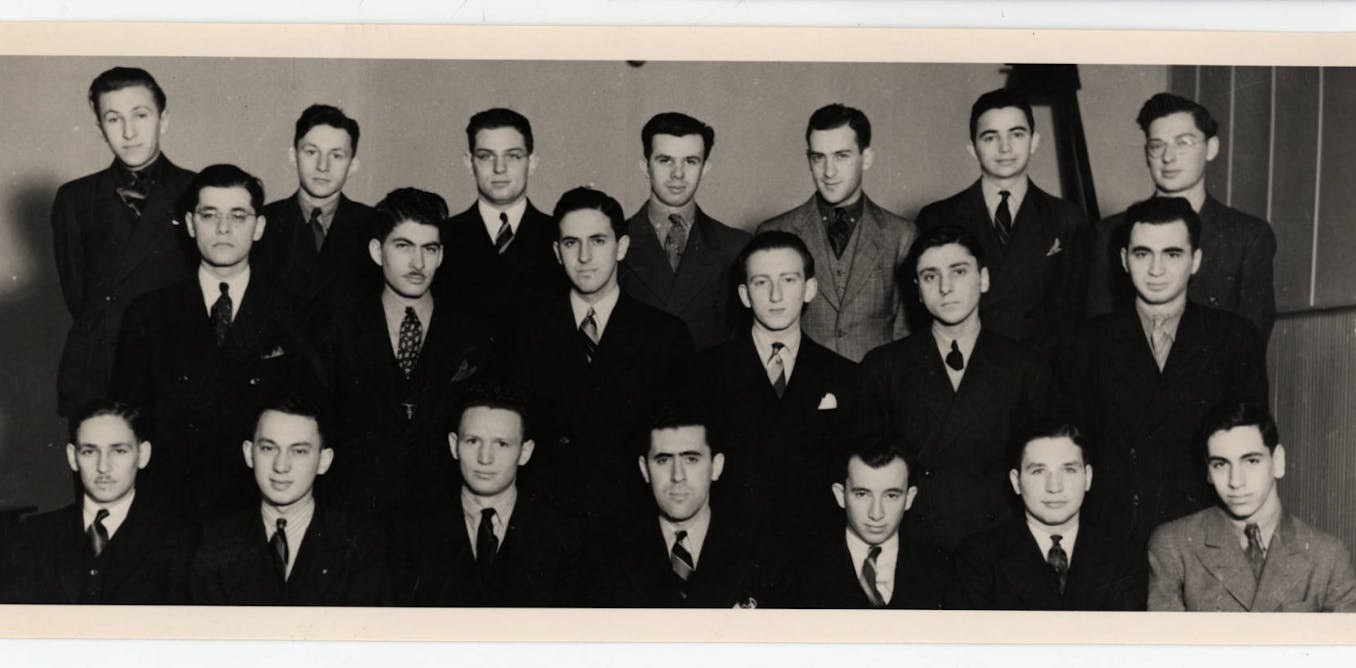
 Education6d ago
Education6d agoCampuses are ground zero in debates about antisemitism − but that’s been true for 100 years
-

 Education1w ago
Education1w agoSocioeconomic status explains most of the racial and ethnic achievement gaps in elementary school
-

 Education1w ago
Education1w agoMothers, metaphors and dyslexia: What language reveals about the challenges of a child’s learning disability
